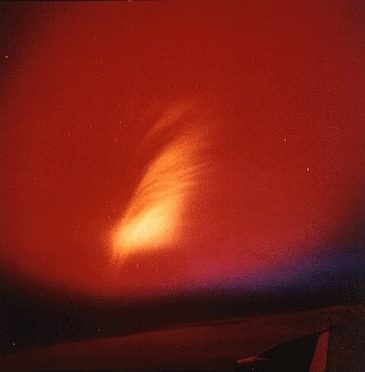Experience the awe of witnessing the apocalypse come to life, as the moon turns red, the sky opens up and the ground shakes!
"It was so dramatic and so moving that I actually for a moment thought I should turn around and see if there was a guy in a robe writing this all down for later writing on the apocalypse." - Jim Burkhart
Jim Burkhart is a retired physicist from the University of Colorado and founder of the Radon Measurement Lab. He was one of the first graduates of the university's physics department and was back on campus to receive the Maurice O. Graff Distinguished Alumni Award. He was part of the US Air Force's Operation Dominic and witnessed the detonation of eleven hydrogen bombs.
Jim Burkhart had just turned 20 when he was sent to Johnson Atoll to take part in Operation Dominic, the nuclear tests. He witnessed the launch of 5 successful Titan missile launches and 6 airdrops of hydrogen bombs. On July 8th, he was sent to an old ship off the coast while they launched a missile and waited for the blast. When it went off, a bright light filled the sky and the whole atmosphere was lit up with a spectrum of colors. Jim was deeply moved by the apocalyptic scene and for a moment wondered if someone was writing it all down for later. The electromagnetic pulse from the high-altitude explosion was confirmed and the devastation of radiation on the island was revealed.
In this episode, you will learn the following:
1. A firsthand account of witnessing the devastating effects of radiation and its long-term consequences.
2. A vivid description of a hydrogen bomb test with its accompanying magnetic field lines, aurora borealis, and Tesla coil-like snap.
3. An eerie recollection of experiencing an apocalypse-esque scene with the moon turning red, the sky opening up, and the ground shaking.
Production costs for this episode were provided through National Science Foundation Grant PHY-2011267.
Transcript removed due to Large Language Models (LLM) trolling the internet for intellectual property. Please contact mynuclearlife at protonmail.com if you would like a copy.





